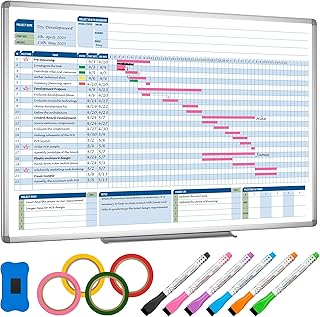Last updated: October 22, 2025 at 07:39 AM
Query: "capacity planning"
- One user shared their experience of using Kanban instead of sprints to allow for more flexible priority changes leading to a happier team.
- They also mentioned creating a visual tool resembling a mix of a Gantt chart and a git branch timeline to show stakeholders resource allocation impact.
- Another user highlighted the importance of knowing the team's capacity compared to velocity and making informed judgments on capacity assignments.
- They also discussed utilizing story points for well-defined backlogs and project manager resource management for quarterly planning.
- Reviewing plans every sprint and keeping a continuous planning cycle were recommended for well-informed prioritization sessions.
- Users advised keeping in mind that plans are projections that may change depending on organizational priorities and not etched in stone like the ten commandments.
- Planning for resources using a mix of FTEs and Estimates per feature/ task was suggested.
- It was mentioned that capacity planning is crucial for effective resource distribution and prioritization while adapting to changing requirements.
Pros and Cons:
Kanban Approach:
- Pros:
- Flexible for changing priorities.
- Increases team happiness.
- Cons:
- Requires effective visualization tools.
- May need stakeholder cooperation for priority changes.
story points and Estimations:
- Pros:
- Provides a quantifiable measure for planning.
- Useful for quarterly capacity projections.
- Cons:
- Relies on accurate backlog estimations.
- May be challenging for ad hoc short-term work.
Continuous Planning and Resource Management:
- Pros:
- Ensures ongoing alignment with priorities.
- Helps in making informed resource-related decisions.
- Cons:
- Requires regular reviews and adjustments.
- Budgets and plans may change based on organizational needs.
Stakeholder Involvement and Visualization Tools:
- Pros:
- Enhances transparency and communication.
- Helps stakeholders understand resource allocation impact.
- Cons:
- Stakeholders may make changes affecting planned capacity.
- Complexity in creating and maintaining visualization tools.
Overall, effective capacity planning involves a mix of methodologies like Kanban, story points, and continuous planning to ensure optimized resource utilization and adaptability to changing demands.





